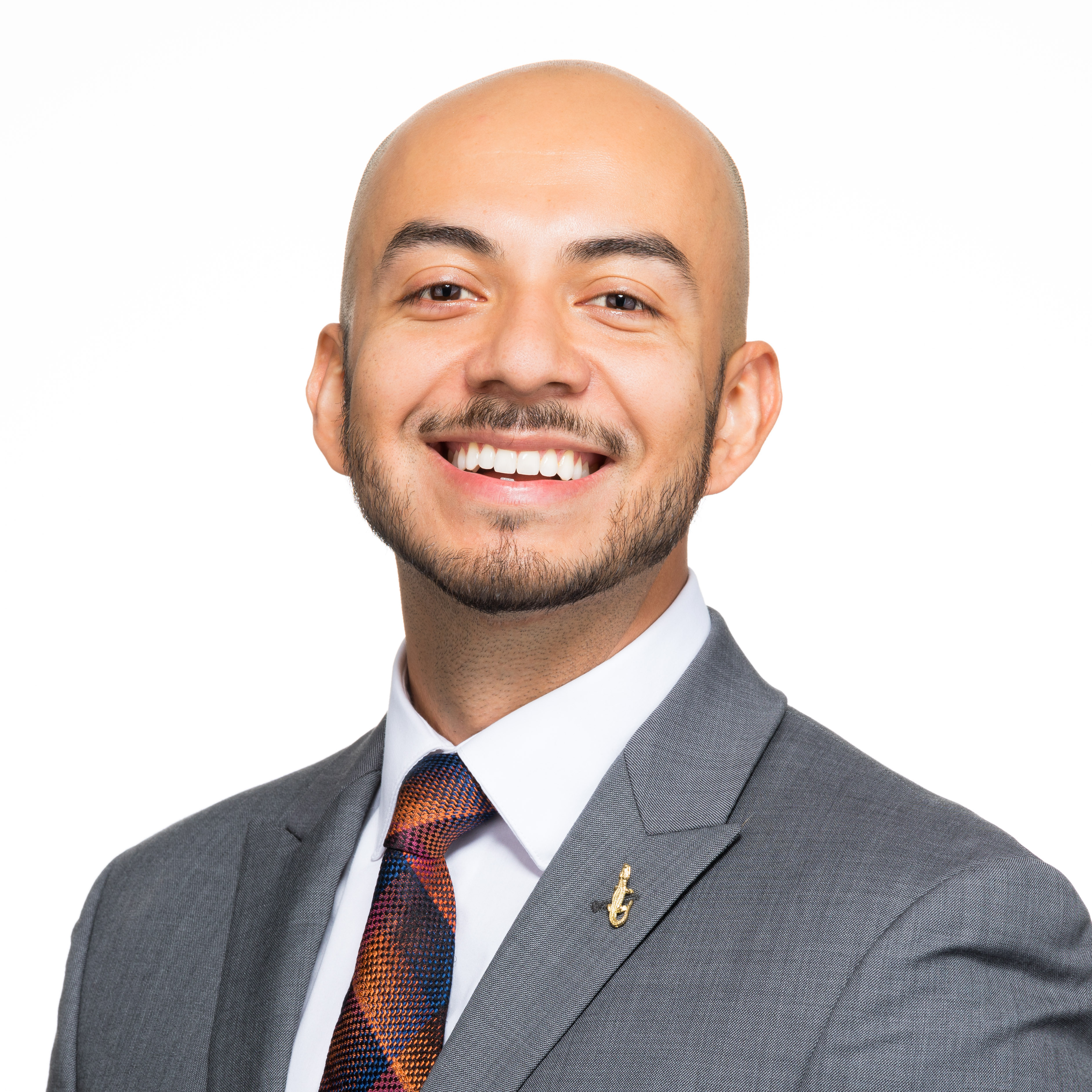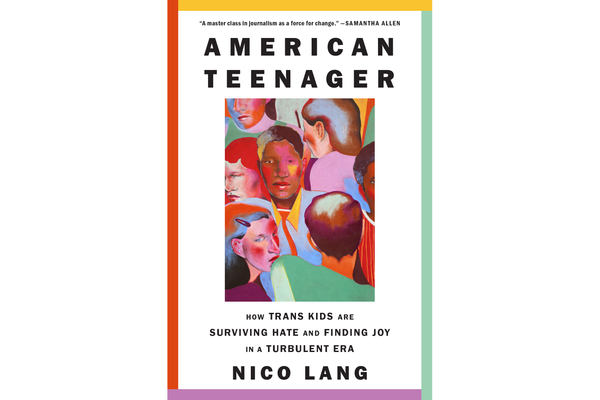An expert analysis of the Citizenship in Society merit badge
An inclusion strategist offers critique (and solutions) on the Boy Scouts' attempt to incorporate diversity, equity and inclusion work into its program for youth.
Surely by now you’ve seen the new Citizenship in Society merit badge. You’ve probably read the Facebook comments. Maybe you’ve even read our recent guest essay on the topic by Alex Derr.
But today I wanted to bring you something different: An outside, expert analysis that breaks down where the badge falls short, and what the BSA can do differently in its future diversity, equity and inclusion work. (In other words: Not just critique, but also solutions).
To do that I spoke with Gerry Altamirano, an inclusion strategist at Tangible Development, a firm that helps organizations achieve DEI goals. Altamirano is a “first-generation, Mexican-American, queer cisman from a working-class family,” and is currently completing his doctoral studies in curriculum and instruction at the University of Florida with a specialization in critical studies in race, ethnicity, and culture.
Altamirano is also a former scout: He was a member of a Venturing crew in high school. And some of his close family members remain active in Scouts BSA.
So let’s get into it.

Overall impressions of the merit badge
Before diving into specific requirements of the badge, Altamirano addressed what he sees as a lack of proper context for this badge to succeed in an organization like the Boy Scouts.
“Part of me wants to applaud the intentionality around folks wanting to embrace DEI. So I want to name that footnote, but also critique efforts that aren't informed by a critical lens, or a critical theory around race, racism, sexism, homophobia and structural inequities,” Altamirano said. “Otherwise it becomes a feel-good-for-all approach that is really meant to make people in power and the most privileged folks feel better about themselves.”
Altamirano said to set the stage properly for this work, the BSA would need to be more explicit about its own history.
"It's tough, because it requires naming white supremacy and naming patriarchy, which I don't know that some entities like this are comfortable doing. But that's what it would require. It would require … really outing yourself as being complicit in perpetuating ideals that are rooted in white supremacy,” Altamirano said.
The problem with the badge’s “self-guided,” sans-pamphlet structure
This was one of Altamirano’s biggest concerns with the merit badge. He said that, in order to do this type of work with youth especially, the curriculum must be much more specific.
"It requires really direct, explicit guidance, versus a self-led path of exploration, and that's really what the badge requirements prompt, is sort of a choose-your-own-adventure to getting more aware of racial inequities in the world and hopefully you learn something. That’s not what DEI work is about, because these -isms and systems of oppression are so sophisticated that they maintain themselves if we don't approach them with a very clear lens,” Altamirano said.
He also pointed to the list of terms included in the beginning of the badge as vague and out of context. Words like “identities” and “discrimination” aren’t specific about what types of identities and what types of discrimination, for example.
“They’re not clear and intentional enough around naming the goals of learning around DEI and specifically race, racism and structural inequities,” Altamirano said.
On Requirement 2: “Document and discuss with your counselor what leadership means to you. Share what it means to make ethical decisions.”
Altamirano said there’s a critical piece missing in the way this badge frames ethical leadership: “If you don't name power dynamics and power differentials that come with leadership and come with the identity that you hold, then it is a sort of moot point that doesn't really go anywhere,” he said.
What would that look like? “It requires awareness around your privileges first. Awareness around your privileges and identities and your positionality in a relationship and in those dynamics, first. Secondly it requires you to be aware that people show up differently and it is up to whoever has the most power in that dynamic to make the other person feel comfortable and be an ally to their experience. That's what inclusive leadership should look like,” he said.
But leaders must also realize, no matter how aware or well-trained they are, that they will inevitably have blind spots. “You have to approach leadership through this idea of cultural safety and cultural humility,” Altamirano said.
On Requirement 4: “Choose two of the three following scenarios and discuss what you could do … to help others who may seem different from you”
"I'm appreciating the attempt to get scouts to think about biases that impact [these scenarios], but that's I think what’s missing,” Altamirano said. “It's like this happened, someone is getting bullied for having a disability. But what biases are at play that prompt this? There's another scenario where someone is told, 'Go back to where you come from.' Well how does American exceptionalism and nativism and xenophobia during this Covid time, how does that come into play?"
Altamirano said this requirement puts too much emphasis on the individual and their actions, without recognizing the structural issues that might contribute to the situation.
On Requirement 6: “Connect with another Scout or youth your own age who has an identity that’s different from yours.”
Altamirano said this requirement had a lot of potential to help scouts learn from their peers. It reminded him of an activity he does in his workshops with clients, called “Mirrors and Windows.” It asks each participant to choose an identity they have, and then pair up with someone else to see if you have a “mirror” (the same identity) or a “window” (a different identity that they can learn from).
But in order for that to be successful, Altamirano notes, scouts would first need a solid understanding of how we are socialized into these identities and what they mean in a broader system.
"It could be done right. I do appreciate this idea of learning from someone,” Altamirano said.
A template for this work could be found in the “Human Library,” an initiative aimed at getting to know others through conversation and storytelling. The difference, Altamirano said, is that the “books” in the human library are pre-selected, trained and ready to receive questions about their identity. In the Scouting context, Altamirano suggested that older scouts or adult leaders could form a similar network that younger scouts could then tap into to learn about their identities.
On Requirement 7: “Identify and interview an individual in your community, school, and/or Scouting who has had a significant positive impact in promoting diversity, equity, and inclusion.”
This was one of Altamirano’s favorite aspects of the badge.
"Learning and connecting with people who are either championing DEI or are sort of advocating for change, whether it's formally through DEI work or through grassroots activism, that's critical. That's important,” he said.
But he didn’t love the second sentence, which allows scouts to research a historical figure if they can’t find anyone else who fits the bill. Altamirano described that as a “cop-out” that would prompt many scouts to research someone they’re already familiar with, like Martin Luther King, Jr.
"There are so many people doing really amazing work, and with Zoom interviews and all that, you can find somebody,” he said.
Effectively organizing this information for youth
When Altamirano looks at the goal this merit badge is trying to achieve, he sees an opportunity for an educational approach called “scaffolding.” That means breaking complicated concepts into smaller chunks that build on each other.
To make that work in Scouting, Altamirano suggests breaking the work up into distinct categories.
"Diversity, equity and inclusion do not mean the same things, they're not synonyms,” he reminded me.
One alternative approach to this badge would be breaking those three components into separate badges. The first could be focused on diversity (representation and numbers); the second could be about equity (policies and structures that ensure equitable access to opportunities); the third could be about inclusion (making people feel like they belong).
"To couple them all together into one badge is one of the issues here,” Altamirano said.
The BSA’s opportunity to lead on DEI work
As schools and states across the country ban “critical race theory” and other DEI curriculum, Altamirano said the BSA has a unique opportunity to embrace this work and fill a learning gap for its members.
"The school curricula are so limited by legislation, where the Boy Scouts curricula or badges may not be. They have a duty almost to supplement learning that is not in public schooling, and I think that's how you get away with being able to talk about really heavy topics,” he said.
Making sure scouts have that cultural competency would be a skill that serves them far beyond their teenage years, Altamirano said, and would enable them to be better global citizens.



